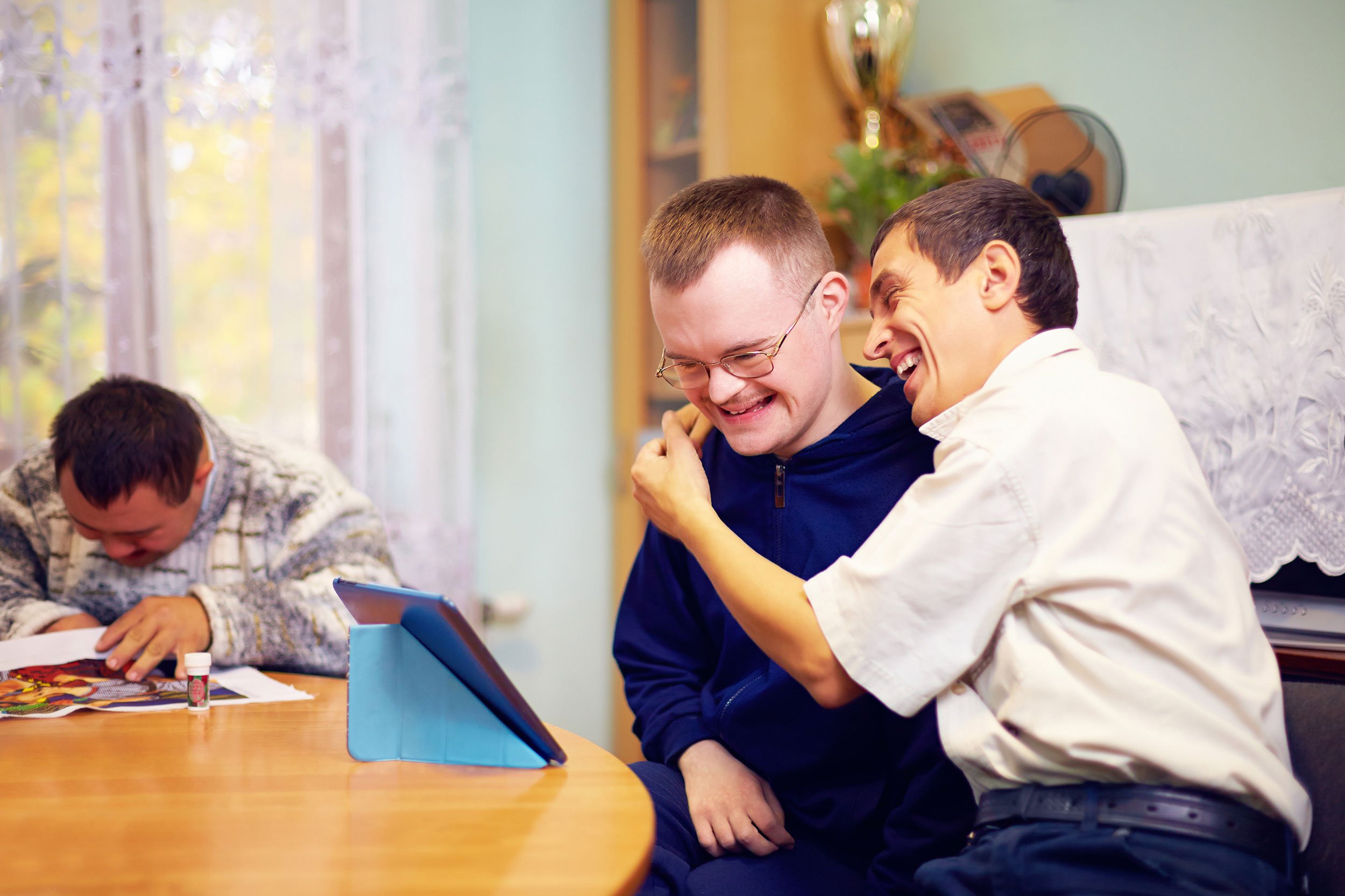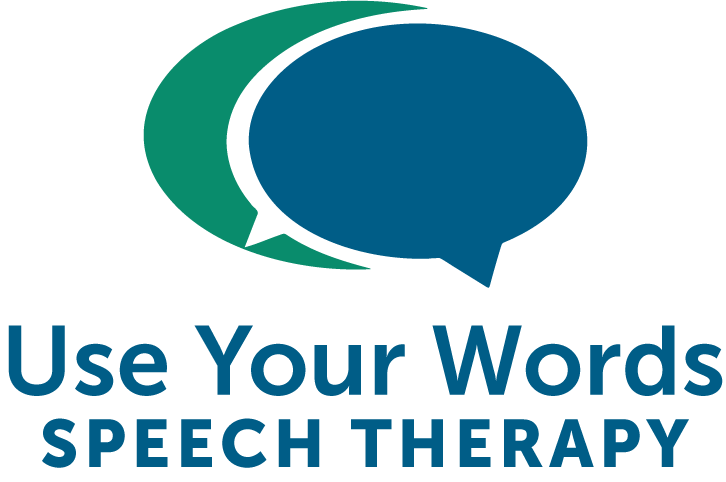
Our Approach
We treat the person like the individual they are!
Many programs focus on getting the person using AAC to do what we want. For example, in working with a person with autism, the goal might be to name ten animals while holding up flash cards. This type of drill approach is not fun, and also not very functional for communication.
Instead, we recognize individuals for the person they are. We enjoy different personalities and different ideas. We encourage people using AAC to answer with their own ideas whether right, wrong, or on another topic entirely, just as anyone else may do!
It is through this type of communication that we learn who the person really is. It also allows us to learn what concepts may be more familiar and what concepts need further work. Many times therapy only trains the person to say what the therapist wants him or her to say. When this is done, it is impossible to truly learn what the person does or does not know.
“Our apraxic son has had an AAC device since he was 5 years old. He has seen many speech therapists over the years. We tried everything to get him to communicate better with little improvement.
Then we started speech with Mike a few years ago to improve his AAC use. Now he's making structured sentences and answering questions. We finally see improvement in his communication. We only wish we could have found Mike sooner! He's the best and our son loves his speech sessions with Mike.”
We involve the family and caregivers in our practice.
Some therapy settings move the individual to a back room to work on a task and then rush them out so the next person can be treated. The family or caregivers are often left wondering what was accomplished, leaving them unable to help carryover learning tasks in the home environment.
That is not our approach! We work with each family individually to not only teach the person using AAC, but to teach and support the family as well! We recognize there is no better support to the people we try to help than the family and caregivers that are with them throughout the rest of their life.
We view our role not only as therapists to our patients, but as coaches for the whole family. We individualize our therapy approach to each family’s specific needs, lifestyle, and comfort level. We find that involving family and caregivers in the process supercharges progress to even higher levels.
It is our goal that families and caregivers become knowledgeable so that you can support and advocate for your loved one in all settings, not just ours.
Just seeing us for communication and AAC is not enough, no matter how frequent the session. There is so much more that occurs in the real world every week. How that appears for each family, caregiver, or individual’s daily life is different for each person and provides opportunities for interaction and communication than can’t be stimulated during therapy. By involving the family and caregivers of the patient we get a better understanding of what true life may look like for the person we are helping.
You don’t go home with a list of exercises, because, let’s face it, no one has time to do therapy in their home. Instead, we discuss how to incorporate what we achieve into your daily routines and activities so that communication is a part of that individual’s life rather than something they do in a defined “therapy,” session that no one has time for.
Take the First Step
on Your Journey With Us
Perhaps you have questions you would like to ask before you decide to become our client. We offer a complimentary 20-minute consultation to answer any questions you have to help determine if our approach is right for you.



